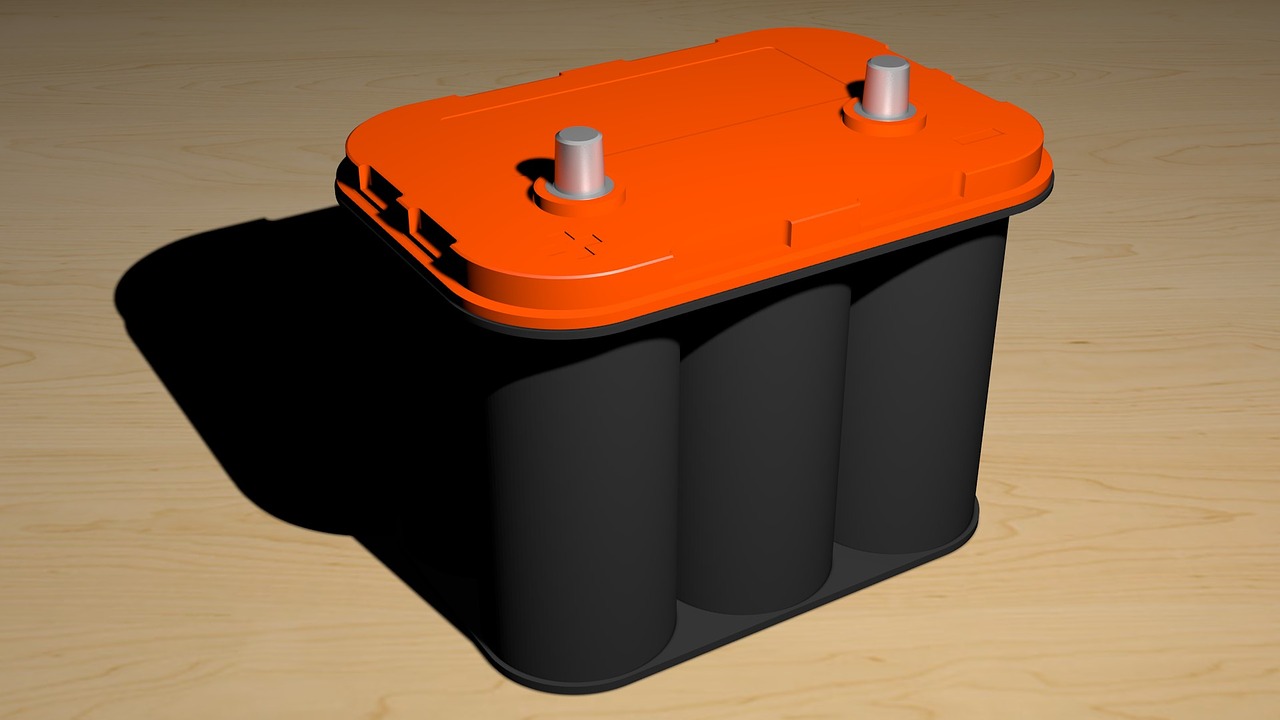‘Go solar’ is a common howl and probably a definite motto we need to give a heed to, if we desire for an emerging society. Efficiency is what matters the most with the least cost prevailing, with negligible harm to the environment. The greenhouse effect, being a consequence of the cruel maneuvers carried out by common men, has narrowed down due to the increasing dependence of energy needs on the Sun. It, being a non-conventional source of energy, ensures that the energy used can be renewed and the pollution is negated.
Solar applications in various fields of science, technology, household and commercial purposes have stunned the entire industry. Solar energy from the sun gets used during the day time for charging the appliance or gets stored so that it can be utilized at night when the Sun’s not on board. The radiant energy is so powerful that an entire enterprise could use the free supply of energy resource if it has solar panels installed on the rooftop equipped with batteries for storage purposes.
The million dollar question that prompts the reader at this juncture is why we find different capacities of batteries in stores. As similar as it is to the regular batteries we use at homes for television remotes and car batteries, the rating or capacity at which the device operates differs. Every gadget operates on different battery ratings. Sometimes, certain batteries are recommended for a peculiar use and in other cases, these batteries get proved to be hopeless.

The C rating that we refer to when we talk about battery capacities, is the safest maximum continuous discharge rate the battery will support. This rating is obtained by adding a load to a battery, making it dead in a 5, 10, or 20 hour period. It is measured in MilliampereHours (MaH) or Ampere Hours (AH). In this article, Coulomb solar batteries have been discussed in detail. C10 and C20 rated batteries have been compared and contrasted to depict the use of each of these batteries in different cases:
C10 vs C20
It’s a fact that all C rated batteries have the same capacity, i.e., 150AH on specific load conditions. In simple words, we can say that the integer mentioned in the type of the battery represents an attribute of the battery. For example, at C10, the battery will last for about 10 hours (load-15A), and it should not be discharged within 10 hours. If acted otherwise, the battery life decreases. By the same token, a battery at C20 will last for 20 hours (load-7.5A) with the condition that it should not be discharged within 20 hours or its fate will remain similar to that of C10 rated battery. The faster the battery gets discharged, the lesser energy you get out of it. C10 rating is known to be FAST DISCHARGE whereas a C20 rating is attributed as MEDIUM DISCHARGE.
C10 rated batteries are always recommended for solar and industrial purposes with the best charging and discharging rates. As the high load uses battery power, it is capable of delivering more energy in a short time. C20 rated batteries, however, are not preferred in this case due to the excessive current drawn than it is obliged to supply which will in turn reduce its life cycle.
When the outage of power is less and discharging time is long, C20 rated batteries are used. For example, C20 rated batteries are used in a UPS so that the battery power is less and small loads such as bulbs and fans could be tolerated. A C20-rated battery ensures that you get the most potential out of the battery even with faster and higher discharge. However, when dealing with these cells, one has to make sure to replace these cells with new ones more often.
A battery with its capacity mentioned as 1C is destined to provide 1A for one hour, and it is a fully charged cell rated at 1AH. The discharge time diminishes at fast discharges and these losses change charging times.Now, how do we know the capacity of the battery? It is determined using a battery analyzer. It simultaneously discharges the battery at regulated current and measures the time until the final reading of the voltage is acquired. Thus to attain a practically better capacity rating, alkaline and lead acid batteries are fabricated by the manufactures with very low 0.05C or 20hr discharge. Nevertheless, these batteries reach a 100% capacity as they are overrated.
Final Word
Apparently, C10 and C20 are factually not types of batteries. These are different capacity ratings that the manufacture makes as each battery is specific and exclusive to a particular application. Ratings other than C10 and C20 do exist in the market for instance, C5, C100, C25, etc. But, as stated before, when it comes to solar installation, C10 or C5 rated batteries are highly recommended.
